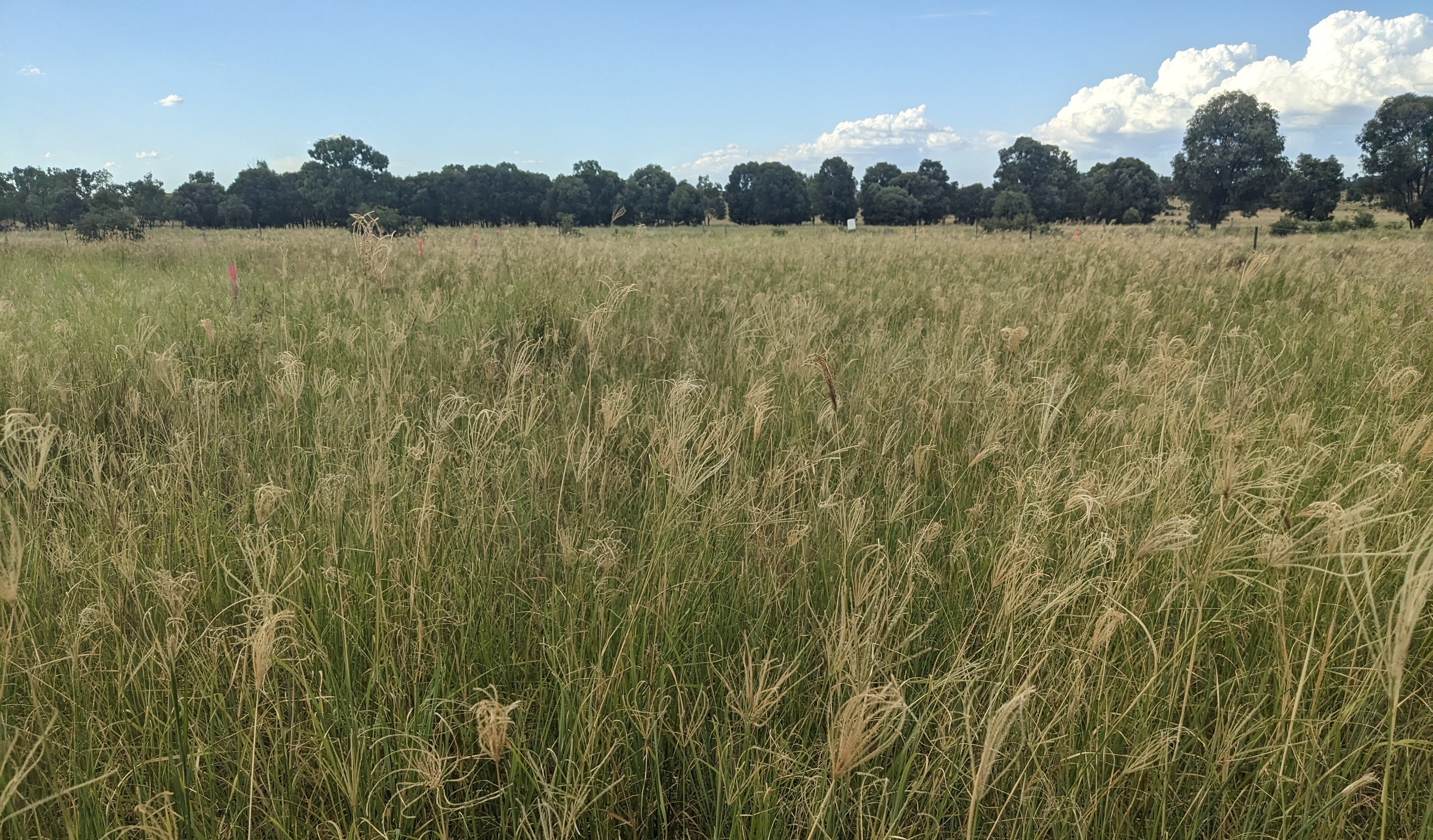Tips to minimise the impact of mealybugs
MLA-funded research led by Applied Horticultural Research (AHR) is exploring ways to increase productivity in dieback-affected pastures.
Lead researcher Naomi Diplock is working with Queensland cattle producers across four trial sites, to test the effectiveness of pasture management practices in maintaining stock on affected pastures and assessing mealybug resilience in 15 grass and legume species.
“In recent years, Queensland producers have seen an outbreak of pasture dieback caused by mealybugs, resulting in millions of dollars in lost production for the cattle industry,” she said.
“With no viable way of eradicating mealybugs, our goal is to identify achievable, cost-effective management strategies and solutions to minimise the impacts of dieback so affected pastures remain productive.”
One technique tested was to sow pastures using a stick rake with seeds dropped on top and left uncovered to wait for rain – a simple approach which suits most land types and requires comparatively little investment of time and money.
The results
The trial showed how sowing legumes and dieback-tolerant grasses is the most effective approach in minimising dieback.
“Stick raking and replanting with a mix of tolerant pasture grasses (with or without legumes or fertiliser) delivered a better outcome than doing nothing or stick raking alone,” Naomi said.
“However, the best results were in pastures planted with a mix of dieback-tolerant grasses, legumes and fertiliser. These consistently delivered higher dry weights and tons per hectare of useful feed despite the ongoing presence of pasture dieback.”
In three of the four trial sites, the pastures sown with dieback-tolerant grasses had fewer mealybugs.
“The fourth site had a high level of naturally occurring legumes, so simply managing for recovery and resilience while keeping on top of the weeds gave a good result,” Naomi said.
“It shows there’s no one-size-fits-all answer to managing pasture dieback – the best approach will always depend on individual factors like soil types, the available seedbank and the climatic conditions of the site.”
Spot the difference
The images below are of a trial site comparing a paddock before and after planting dieback-tolerant pasture species.

Before image

After image



